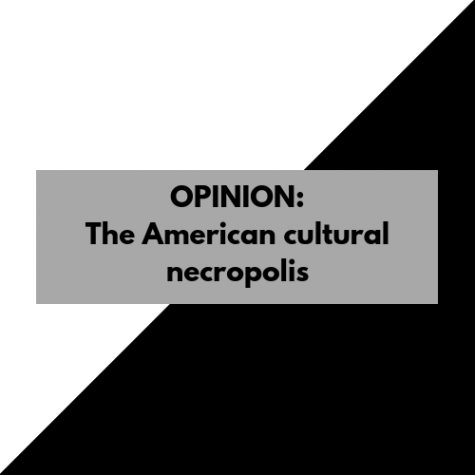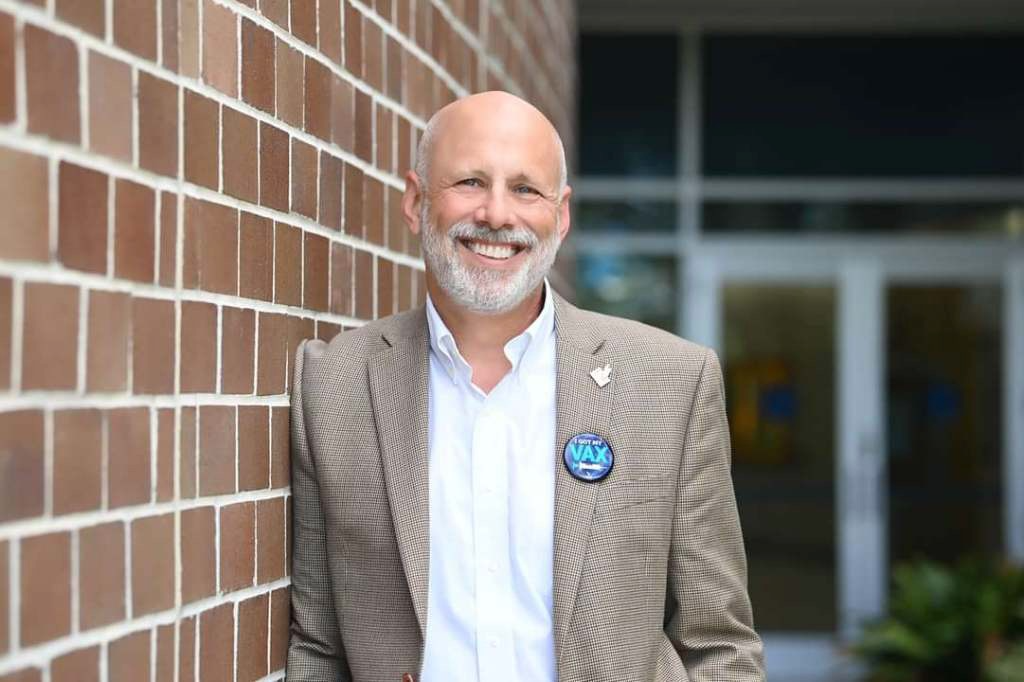
As the second decade of the 21st century comes to a close, the American culture industry seems to have either given up or just stopped producing anything new. It seemed in some way inevitable that the culture industry in a hyper-consumerist society would sooner or later find exactly what it needed to sustain itself and lock-in, but no one predicted how overwhelmingly boring it would be. Film and comedy has increasingly become so self-referential and regurgitated that any sort of formula and format can be used completely interchangeably. Young people now express nostalgia for decades that they haven’t even lived during, which seems almost like an attempt to drag American culture back to a time where new forms of expression were appreciated. In a manner of speaking, contemporary American culture is a necropolis where once dead franchises and ideas are dragged out of their graves to give us all a dance that’ll never end.
If one looks at the top ten grossing films of 2017 and 2018, one would realize that of the twenty films, only one is a unique idea. That film is “A Quiet Place,” which sits at rank ten for 2018, surpassed by sequels, remakes, or the formulaic superhero films. While several of these films revive franchises with fresh concepts, such as “It,” many of these films generate these enormous returns simply on the branding. Disney’s live-action remake of “Beauty and the Beast” was the highest grossing film of 2017; a remake that is indistinguishable from the original, albeit with shoddy CGI added.
Of course many would argue that the superhero movie is the film of our time, which is probably true and most definitely sad. These superhero films follow scripts so formulaic that it seems their production only requires costume changes. “Avengers: Infinity War” seemed like the best attempt at shaking that formula up, its grand idea being to just kill off half the cast—a move that still feels disingenuous with a all the sequels already lined up. This formulaic form comes from the origins of these stories: comics. Following a good formula was essential for a comic because a crowd-tested formula is reliable, and it keeps the audience begging for more, which is very important to serialized media.
Film, of course, isn’t a dead or even dying medium. In the cracks between “Avengers: Whatever” and the dark reboot of “Teletubbies” (which is just a future prediction) there are independent filmmakers producing fantastic films. The problem lies with studios concerns lying solely in profit, or at the very least recouping production costs; a feat superhero movies fulfill consistently. Thus, we will continue to get remakes, reboots and sequels until people stop watching them or the world ends.
Humor has also followed mainstream filmmaking but in a more inexplicable manner. Everyone has seen a meme, and for the most part, everyone enjoys them. However, the issue lies in the relative lack of creativity or construction in the making of meme compared to a joke. Like the superhero film, the meme is a formula that can be filled in, the effort of constructing the joke long since completed by its creator. Online humor has become so self-referential that it can be impenetrable to an outsider. Memes themselves are references to some object that holds significance between multiple subjects, the joke being that others know what one knows. Thus, the distance and suspense between the set-up and the punchline no longer exists. The joke is now that everyone in the know just knows the punchline. Comedy in effect is no longer an active attempt at setting up a punchline, but rather the passive experience of knowing what is already there.
Similar in characteristic to meme humor, the nostalgia young people feel towards unknown decades reflects this obsession with reference. Most of this nostalgia is directed towards the 1960s to the 1980s, mainly with hippie culture and the ‘80s retro aesthetic. The obvious issue is that this nostalgia cannot exist, as none of these young people were alive during these decades. Therefore, it isn’t the actual culture of these times that engage people, but the images representational of that era. Thus, we now have hippies without an anti-war movement and an obsession with the 1980s, the decade mostly responsible for the world’s current economic instability as a result of aggressive right-wing economic policy passed by Reagan and Thatcher.
These decades are picked clean of their representative images: hippies, synthwave and retro aesthetics, and also lack any reckoning with the legacy of those decades upon the present day.
Perhaps, it is this legacy that results in the current interest in those decades. Trump remains an unsettling doppelganger of Reagan in many ways, and growing resentment mirrors the clashes of the ‘60s and ‘70s, but there is little discussion of these similarities in mainstream discourse. It seems those who nostalgize the past are unaware of its connection to the present, themselves becoming a remake of decades gone by; a new generation of the living dead.
While it seems gloomy to think of American culture as the raising of the dead, as the continuing regurgitation of the same ideas, there is still some thriving vestiges of inventive culture in the music industry. For a time it seemed all music was moving towards an EDM singularity, but artists, mainly rappers and other hip-hop artists, have recently taken a more experimental direction. Kanye West, while controversial, continues to innovate and change the genre, and artists like Kendrick Lamar have reached the heights of critical appreciation of rap as a genre. The new movement of “mumble” and “emo” rap also comes from a new direction that grew out of the underground of Soundcloud. Mumble rappers are a popular target of ridicule, but the music they are creating are some of the most unique cultural objects in the sameness of American culture. Hip-hop is going through the only cultural renaissance in America right now; a new refreshing growth on the gray stone of contemporary culture.
The American cultural necropolis has an entire institution based around preserving and reintroducing the buried ideas of the past. To leave is simple. Stop watching the skeletons dancing in front of you and seek out something alive.
—
For more information or news tips, or if you see an error in this story or have any compliments or concerns, contact editor@unfspinnaker.com.











